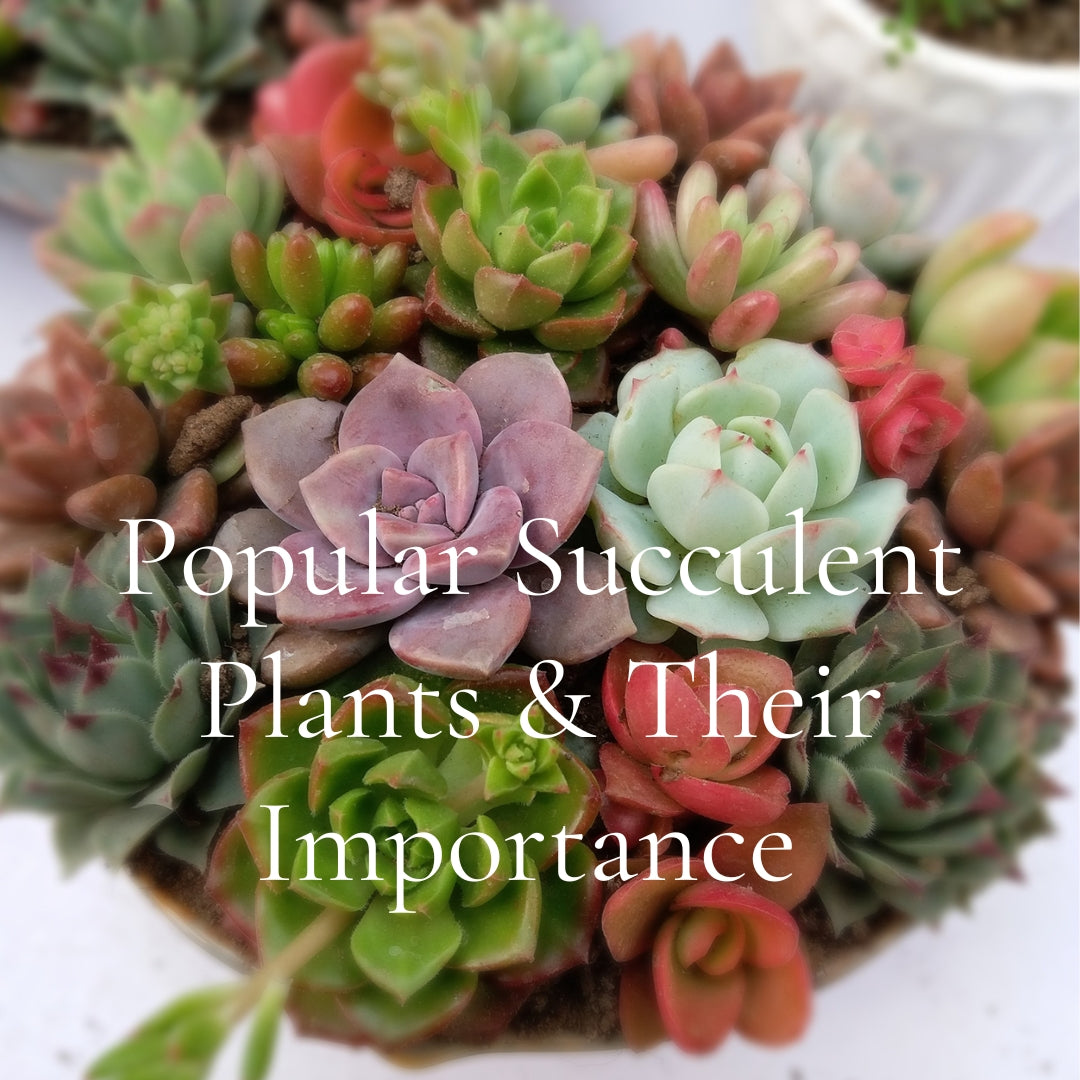It is obvious that most plants cannot survive at high temperature. If you are tired of the same problems, then choose such plant species which can thrive even in extremely high temperature and low-water availability. The solution is to opt for succulent plants those come with the ability to retain a good amount of water in various parts such as the stems and leaves which enables them to survive even in the driest conditions. It is very important to identify the correct succulent plants for growing in your garden.
How to choose and grow suitable types of succulent plants?
 Succulent plants can easily be identified with their physical appearance. The stems and leaves of these plants are swollen because of storing excess water in them. Moreover, a sap like substance is seen to fall off the leaves if torn into halves. One needs to identify it and dig a hole enough in the ground to cover all the roots. It needs some watering and the quality organic fertilizers will help for better drainage. Make sure that the soil is well-draining and is not able to hold a lot of water at the top level. For this, one can also add pebbles and rocks to balance it somehow.
Succulent plants can easily be identified with their physical appearance. The stems and leaves of these plants are swollen because of storing excess water in them. Moreover, a sap like substance is seen to fall off the leaves if torn into halves. One needs to identify it and dig a hole enough in the ground to cover all the roots. It needs some watering and the quality organic fertilizers will help for better drainage. Make sure that the soil is well-draining and is not able to hold a lot of water at the top level. For this, one can also add pebbles and rocks to balance it somehow.Needless to say, that succulent plants require a lot of direct sun rays to thrive. In fact, there are some succulent plant varieties which can also grow in shady areas and indoors.
Various benefits of growing succulents in your garden
▪ Maintenance is also not needed at regular intervals if the sun rays are good.
▪ It comes in various sizes, shapes, and colors and you can choose easily from all the options.
▪ Both indoor and outdoor varieties are available.
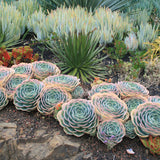
Best succulents to grow
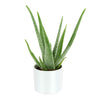
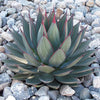
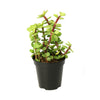
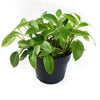
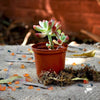
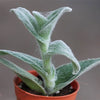
There are other succulents as well which are very popular in the market such as Fish Hook plant, Palm Lily, owl eyes, Cotyledon, desert rose and so on. In fact, succulent plants are beautiful in their own ways and have a lot of benefits as well. Also checkout our bestselling succulents below.

